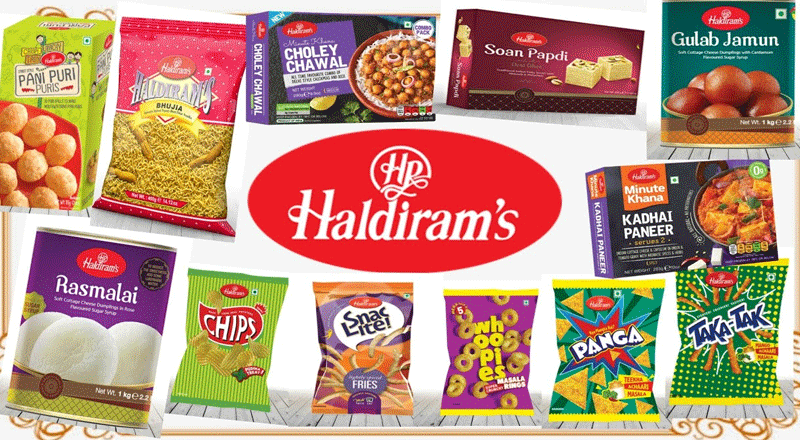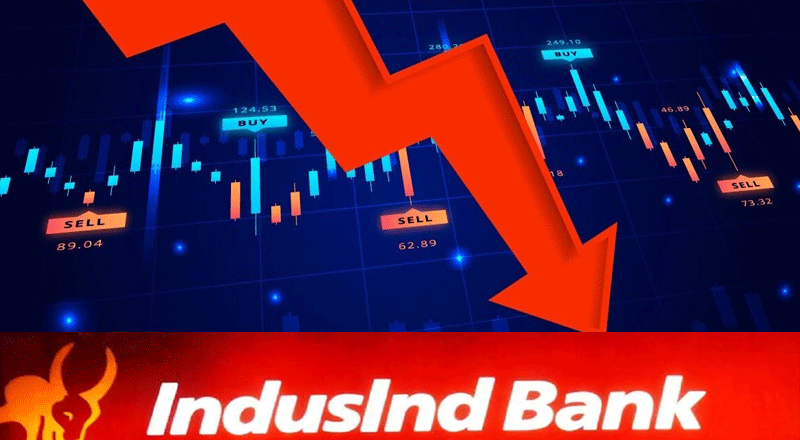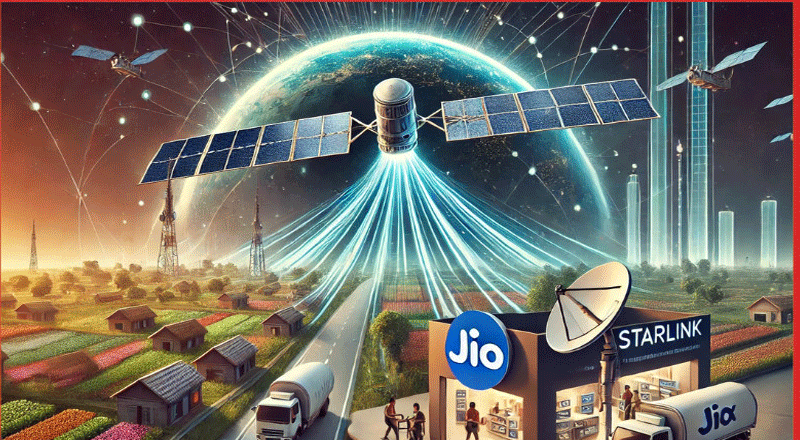A Complex Indo-China Economic Relationship
The Indo-China relationship is a multifaceted blend of collaboration and contention. As two of the world’s largest economies and Asian powerhouses, their economic ties are integral to global trade dynamics. However, geopolitical tensions often overshadow economic interdependence, especially in critical sectors like steel, where trade imbalances can strain domestic industries. Recent data revealing record-high steel imports from China to India exemplifies this dynamic, highlighting challenges for India’s steel sector amid surging imports and falling domestic prices.
Record Imports from China: A Worrying Trend
India imported 1.7 million metric tons of finished steel from China between April and October, marking a 35.4% year-on-year increase, according to provisional government data. This influx is part of a broader surge in India’s overall finished steel imports, which hit a seven-year high of 5.7 million metric tons during the same period.
China’s shipments predominantly included stainless steel, hot-rolled coils, galvanized sheets, plates, and electrical sheets—products crucial for infrastructure and manufacturing sectors. Alongside imports from Japan and Vietnam, Chinese steel accounted for a significant share of the total, with China, South Korea, and Japan collectively contributing to 79% of India’s steel imports during this period.
Impact on India’s Steel Producers
The surge in Chinese imports has deeply affected India’s steel producers, particularly smaller firms grappling with financial strain. While India’s economic growth and infrastructure development drive robust steel demand, domestic producers face challenges due to falling local prices and the influx of cheaper imports.
For April-October, hot-rolled coils emerged as the largest imported grade, while bars and rods led the non-flat product category. This underscores the competitive pricing of imported steel, which often undercuts Indian producers in both cost and quality for specific segments.
India, the world’s second-largest crude steel producer, transitioned to being a net importer of steel in the fiscal year ending March 2024. This trend has persisted, further intensifying concerns within the industry.
Policy Response: Calls for Safeguard Measures
Recognizing the threat posed by cheap imports, India’s steel ministry has sought a 25% safeguard duty or temporary tax on flat-steel products for two years. In a letter dated November 27, Sandeep Poundrik, the ministry’s senior official, urged the trade ministry to implement these measures to protect domestic manufacturers.
“There is a looming threat of huge increase in cheap imports from China,” Poundrik emphasized. While no official response from the ministry has been made public, such a policy move could provide temporary relief to Indian producers by levelling the playing field.
Export Challenges Amid Domestic Demand
While imports have surged, India’s finished steel exports fell by 29.3% during April-October, with Italy emerging as the largest buyer of Indian steel. Exports to Britain, however, saw a nearly 15% increase, reflecting selective growth in certain markets.
Domestically, finished steel consumption reached a seven-year high during the same period, driven by rapid economic growth and infrastructure spending. Despite strong demand, the price-sensitive Indian market remains vulnerable to cheaper foreign products, creating a paradox where imports flourish even as local consumption rises.
Balancing Growth and Protectionism
India’s record steel imports from China underscore the challenges of managing economic interdependence in a competitive global market. For Indian steel producers, particularly smaller firms, the influx of cheaper Chinese products threatens profitability and sustainability, despite robust domestic demand.
Policy interventions such as safeguard duties can offer temporary respite, but long-term solutions require enhancing domestic competitiveness through modernization, cost efficiency, and innovation.
This episode also highlights the broader complexities of the Indo-China relationship, where economic ties often intersect with strategic concerns. As India navigates its dual goals of fostering domestic growth and maintaining economic openness, balancing trade and protectionism will remain critical to ensuring the health of its key industries like steel.
(With inputs from agencies)





